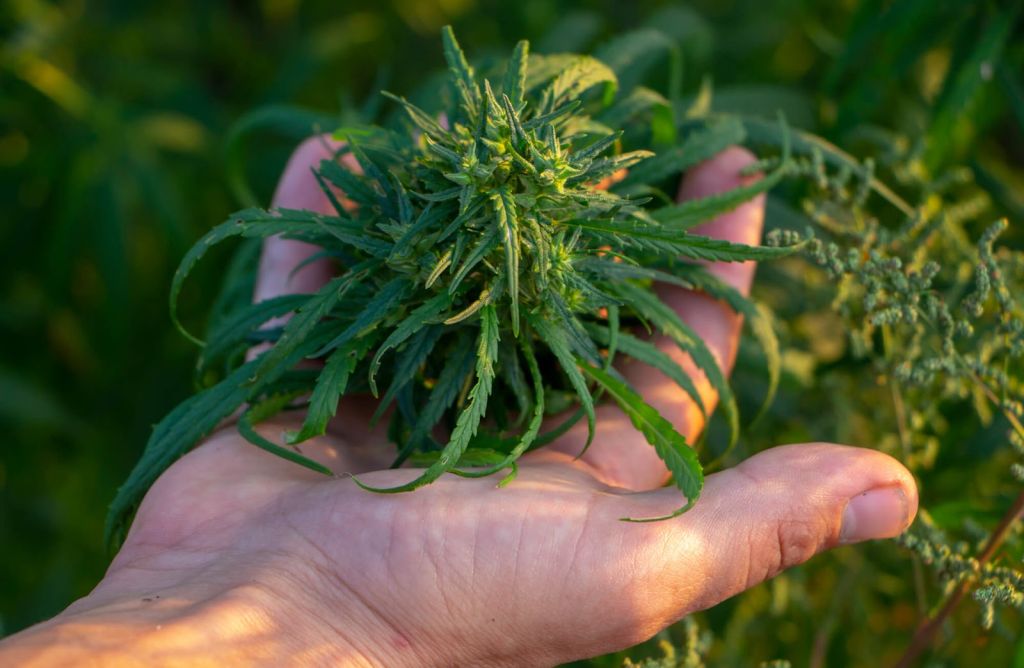Cannabis concentrates were eventually going to become widely used; it was only a matter of time. As marijuana legalization spreads across the country, people are beginning to be more accepting of the different cannabis consumption methods. One of the earliest ways to consume cannabis is through concentrates, which have a long and rich history. We’ll look at the beginnings of cannabis concentrates and how they’ve changed over time in this blog article.
Early Form of Cannabis Concentrate
The resin glands on the stems, leaves, and flower buds of hemp or cannabis are known as trichomes. They are abundant in terpenes, flavonoids, cannabinoids, and other therapeutic substances. Several cultures in India, Persia, and China have employed hashish for therapeutic and religious purposes.
Who Made Dabs?
Dabs, a highly concentrated cannabis extract, are typically considered a new invention, however, they have been made and used since at least the early 1970s, when a criminal group called The Brotherhood of Eternal Love began to manufacture them.

An infamous network of LSD propagandists and cannabis smugglers flooded the country with acid and marijuana in the late 1960s and early 1970s before being brought down by a slew of arrests and prosecutions.
Afghanistan was mostly quiet when the Brotherhood of Eternal Love initially started their smuggling operations there, and the initial waves of “hippie tourists” from the US and Europe were welcomed with open arms.
Hashish manufacture, a long-standing local tradition, was emphasized during the early years of the Brotherhood. The Brotherhood recognized that low-quality hashish sold in Western markets, where high-quality cannabis was still hard to find, brought in a premium. As the smuggling enterprise grew larger and more intricate, they understood that further concentrating this hash before export would make it much simpler to carry undetected.
The Method of Cannabis Extraction
Ronald Stark, the head scientist for the Brotherhood of Eternal Love, is recognized by the DEA as the creator of butane hash oil and contemporary cannabis concentrates.
BHO was consistently available to the Brotherhood from Kabul, Afghanistan. The supply of BHO was stopped when the group suspended operations following an explosion at one of its manufacturing facilities. THC concentrations in cannabis oil at this time ranged widely from 10 to 30%.
Modern Concentrates
The modern open-blasting extraction method was originally explained to the public in 1999 when Erowid, a popular science website devoted to disseminating information about psychoactive plants and compounds, published the “Hash Honey Oil Technique.” Many BHO laboratories have blown up as a result of amateurs using extremely flammable butane. Despite this, a lot of amateurs still use this method. The more sophisticated and advanced closed-loop extraction technique, in which the solvent is recovered and recycled, was developed as a result of open-blasting hydrocarbons like propane and butane.
Producers rapidly discovered that blending some gases, like butane and propane, may enhance the extraction process by maintaining low pressures and increasing production. This method results in a concentrate that contains more cannabinoids and terpenes from the plant, making for a more intense and pleasant smoking experience. Additionally, pressure-driven solventless extraction has been created. The rosin extraction method uses just pressure, as opposed to other extractors, to extract concentrations from plant matter.
To enhance the appearance and color of extracts, producers are also searching for novel ways to extract THC from cannabis plants, such as color remediation. Impurities in the extract may be removed using a filtering column filled with a variety of filtration materials, producing a concentrate with a warm amber color and high shelf appeal.
Final Thoughts
Numerous techniques are being developed to create cannabis concentrates as their use grows. These concentrates have a rich history, and the procedure is still changing. It’s hardly surprising that they are growing in popularity given the vast range of THC concentrations and flavors available. What novel technique do you anticipate being created next?
We’ll make sure you can locate it at Helping Hands Dispensary, whatever it may be.

